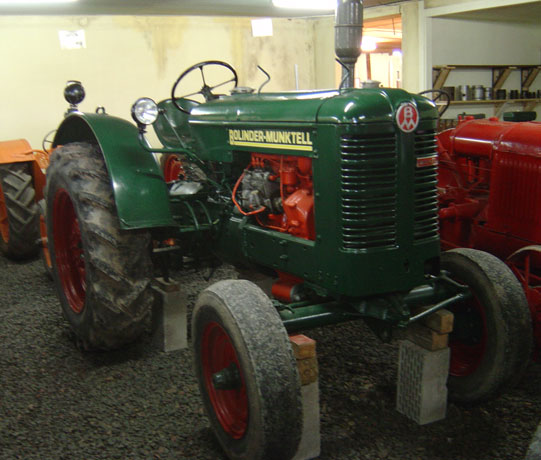|
Hot-bulb Engine
The hot-bulb engine is a type of internal combustion engine in which fuel ignites by coming in contact with a red-hot metal surface inside a bulb, followed by the introduction of air (oxygen) compressed into the hot-bulb chamber by the rising piston. There is some ignition when the fuel is introduced, but it quickly uses up the available oxygen in the bulb. Vigorous ignition takes place only when sufficient oxygen is supplied to the hot-bulb chamber on the compression stroke of the engine. Most hot-bulb engines were produced as one or two-cylinder, low-speed two-stroke crankcase scavenged units. History Four-stroke Hornsby-Akroyd oil engine The concept of this engine was established by Herbert Akroyd Stuart, an English inventor. The first prototypes were built in 1886 and production started in 1891 by Richard Hornsby & Sons of Grantham, Lincolnshire, England under the title Hornsby Akroyd Patent Oil Engine under licence.Herbert Akroyd Stuart, ''Improvements in Engines ... [...More Info...] [...Related Items...] OR: [Wikipedia] [Google] [Baidu] |
Bolinder-Munktell AB Bolinder-Munktell (BM) was a tractor and machines manufacturer founded in Eskilstuna, Sweden in 1932 through the merger of the mechanical companies Bolinder and Munktell. Bolinder are also well known as manufacturers of 'Semi-Diesel' or 'Hot bulb' engines. In 1950 BM was bought by AB Volvo. In 1973 the company changed its name to Volvo BM AB and then in 1995 to Volvo Construc |
